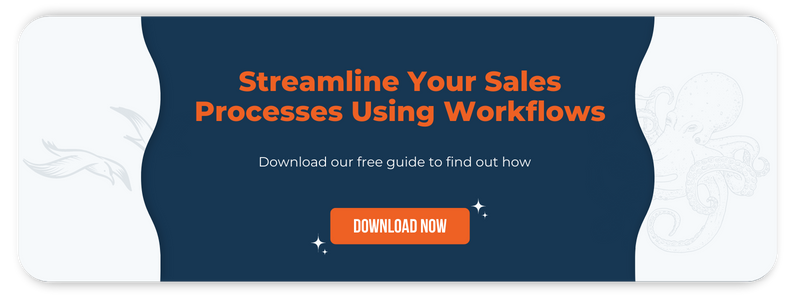3 Tactics for Convincing Decision Makers to Switch ERP Platforms
Chelsea Carter

While it's absolutely fair to say that many manufacturers already have some type of Enterprise Resource Planning (ERP) system in place, the problem is that most of these systems are woefully outdated. This means that they're more than just inefficient—they're in desperate need of some essential upgrades that will adequately prepare these organizations for the next decade and beyond.
Trying to maintain these legacy systems can often become a Herculean effort—especially for businesses still relying on an internal IT team for a location-based ERP solution. A cloud-based ERP like NetSuite, on the other hand, is often the best solution to meet the demands of the current market. But convincing organizational leaders and other key decision-makers of this simple fact is often easier said than done. Getting the people in charge to buy into the amount of time required for such an implementation is difficult, to say nothing of the challenge represented by arguing in favor of the financial investment.
But the good news is that this process is possible, and it's actually a lot more straightforward than you might think. Here are some of the best and most effective tactics that you can use to get that executive team on-board with making the switch to a superior ERP system sooner rather than later.
1. Highlight the Value of Insight
One of the best ways to get organizational leaders to support any new ERP implementation involves highlighting the biggest benefit that such a solution brings to the table: data insights.
A modern day solution like NetSuite ERP will integrate both inter-departmental and inter-regional information into a single, consolidated system. This allows for an almost unprecedented level of data analysis that lesser organizational platforms simply cannot match. Historically, those businesses that do the best job pivoting to meet ever-changing market demands based on actionable data create a superior competitive advantage for themselves that makes the ERP investment more than worth it.
The key here is not to lean into what a new ERP platform can do in a literal sense. Doing little more than regurgitating a technical specifications sheet is a perfect way to get someone's eyes to glaze over.
Instead, focus on the raw value that the right ERP solution can generate for your business. In many ways, that value begins with the types of data insights you wouldn't otherwise have access to.
2. A Question of Cost
Oftentimes, one of the biggest arguments that leaders make against a new ERP implementation comes down to the significant costs normally associated with such a move.
Therefore, one of the best ways to convince those same decision-makers to switch ERP platforms involves outlining the many ways in which the right solution can actually lower company expenses over the long-term.
Highlight the fact that a solution like NetSuite ERP does more than just organize departments and collect data. It's literally designed to help businesses save money by:
- Enabling the types of enhanced decision-making that leads to a more profitable business strategy
- Automating a number of business tasks, particularly those related to accounting and human resources
- Getting rid of the need to maintain a large internal IT team to handle the requirements of a convoluted on-premise ERP
- Eliminating much of the initial investment in terms of hardware, particularly in the case of a cloud-based ERP
Switching to a new ERP platform will require an up-front capital investment that decision-makers may not be enthusiastic about spending. But when you consider the long-term benefits that same solution will generate, it's clear that this will be one investment that more than pays for itself.
3. Establish a Comprehensive Return on Investment
Finally, one of the most effective ways to convince organizational leaders that switching ERP platforms is the right idea involves outlining in as much detail as possible what they can expect to see in return.
Oftentimes, this requires you to go right back to the beginning—hitting upon those points that made it so necessary to consider a change in the first place. Maybe your organization:
- Was dealing with instances of decreased productivity and you were never really sure why
- Had issues with inaccuracies that were creeping in across your enterprise, thus costing you significant amounts of time and money to correct
- Was never in a position to be able to grow in the way that it needed because older systems and processes continually hindered your efforts
At that point, you can make it clear that the right ERP implementation is an effective way to address all of these issues and more—essentially at the exact same time.
Not only can a modern, cloud-based ERP revitalize your productivity by empowering communication and collaboration, but it can also minimize (and in many cases eliminate) costly errors, too. All of this combines into the most important benefit of all: helping you build a better foundation for the future growth and success of your business.
Understanding and vocalizing why a change is so important is truly one of the keys to getting the right people to buy into the need for a new ERP implementation lock, stock, and barrel. If you're able to make these proactive arguments in these exact ways, you'll absolutely be able to guarantee the support that you need when you need it the most. At that point, once your new ERP is in place and your business finally has the innovation engine it needs at the heart of it all, there's truly no limit to what you'll be able to accomplish.


